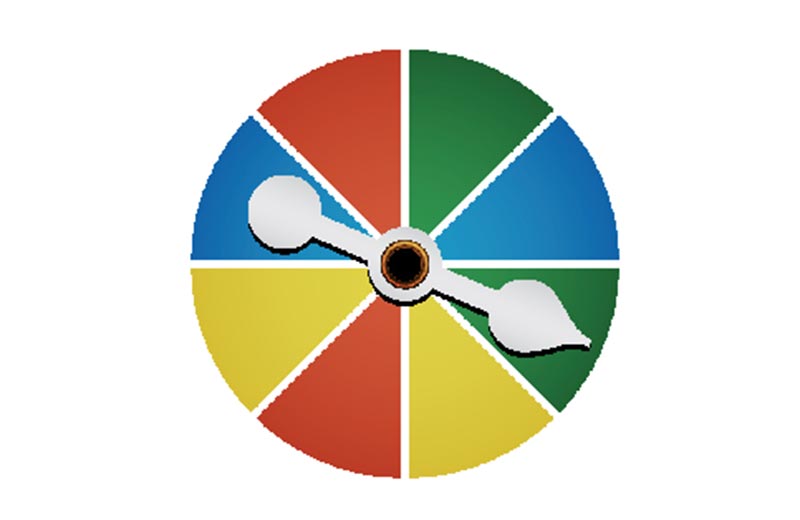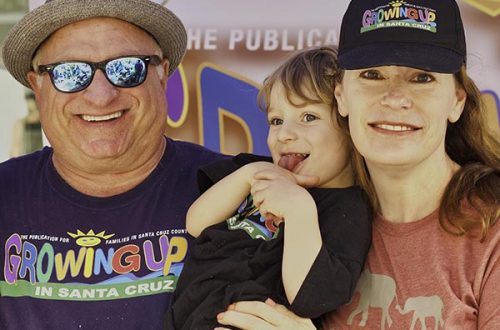
The Gift of a Life Cycle
I was training elementary teachers on how to deliver the Next Generation Science Standards, and was asked. “When do they learn that some animals are called amphibians, some mammals, and all of that now?”
I thought for a moment about how to answer that without using a lot of jargon. I said, “We are teaching big ideas and skills now. When you teach about life cycles, you teach that all things have them, why they are important, and that they look different for these groups called amphibians, mammals, butterflies, or even trees, flowers and sea jellies.
One activity I gave the third grade teacher to use for this is a spinning wheel the students create, where all the different forms of an organism throughout its life cycle can be artistically rendered and spun around in a circle. Suddenly, a wheel for the cycle of a school year flashed in front of me.
One of my mentor teachers described September as “the gift of starting a new cycle.” One of the miracles of the school year is annual renewal.
Whatever happened during the previous cycle can be built upon or tossed aside, elevated or buried, and new things can be planned and created.
This is just as true for students. I see my youngest daughter, who is going into first grade, thinking through how she will present herself to her friends this year. In so many ways, her choices are a little different than last year. She’s doing the same thing I am. She’s building her story before it happens, and she is thinking about what emotions, thoughts, strengths and physical things she will bring into the sacred incubator of her classroom and playground.
A classroom is a blank canvas for a group of people to paint, and the teacher does the sacred work of starting the picture first.
We are nesting in our classrooms and touching every piece of curriculum and every item, deciding what to use and what to put aside. While we were once curators of the world’s most important museums, we are now also curators and guides on the worlds’ most important walking tours, because students no longer sit still.
At the same time as we are curating, we are anticipating the people we’ve chosen to spend our lives with showing up at the door. It’s no secret that we have a beloved age group, and that we generally prefer spending time with our students than with other adults. They’re percolating through our minds and we’re calling them in.
If I could make a lifecycle wheel for a teaching year, August and September would be creativity. October and March would be the months of hard work, of making sure everything is covered during uninterrupted stretches.
November and December would be the months of reveling in joy, and January and February are months for coping and grit. May would be a month of dancing with the students for the last time. June and July are the “nomad season,” where we wander freely spiritually, mentally, physically and emotionally.
Having this varied, rich, spinning wheel of a year to ride around on is a gift. Life is never boring in this career, there is always something new to embrace on the horizon. Just like butterflies and trees shift between forms, so do teachers and students. The cycle is just as satisfying in its familiarity. May our school communities across the county enjoy this new season of creativity, anticipation and excitement.
Lisa Catterall teaches STEAM, math, science, and art at Mount Madonna School and is a senior associate of the Centers for Research on Creativity. She lectures and trains teachers and administrators on innovation in education in Beijing, China. Lisa has five children and lives in Santa Cruz County.







One Comment
VABxvsyH
1